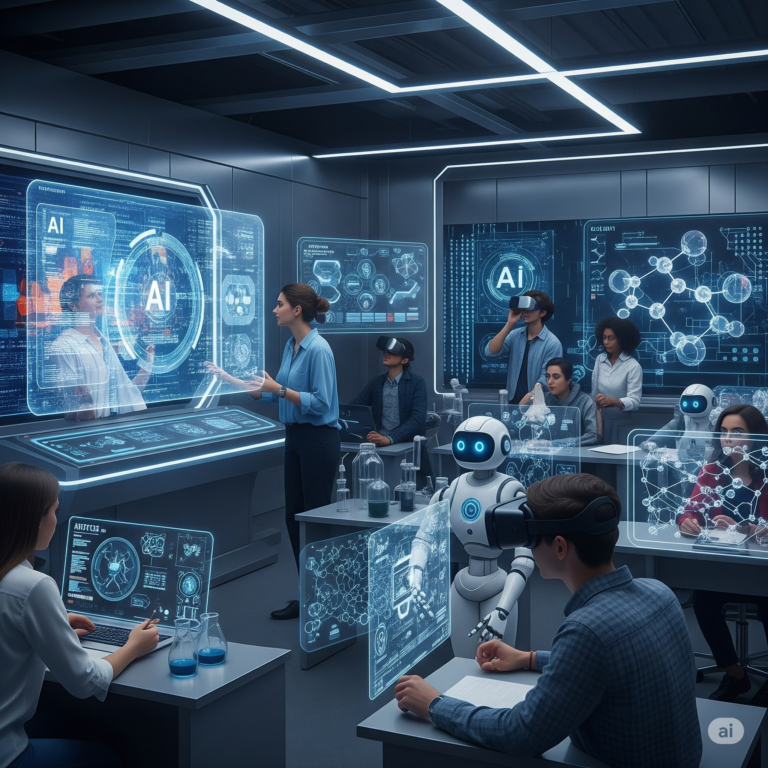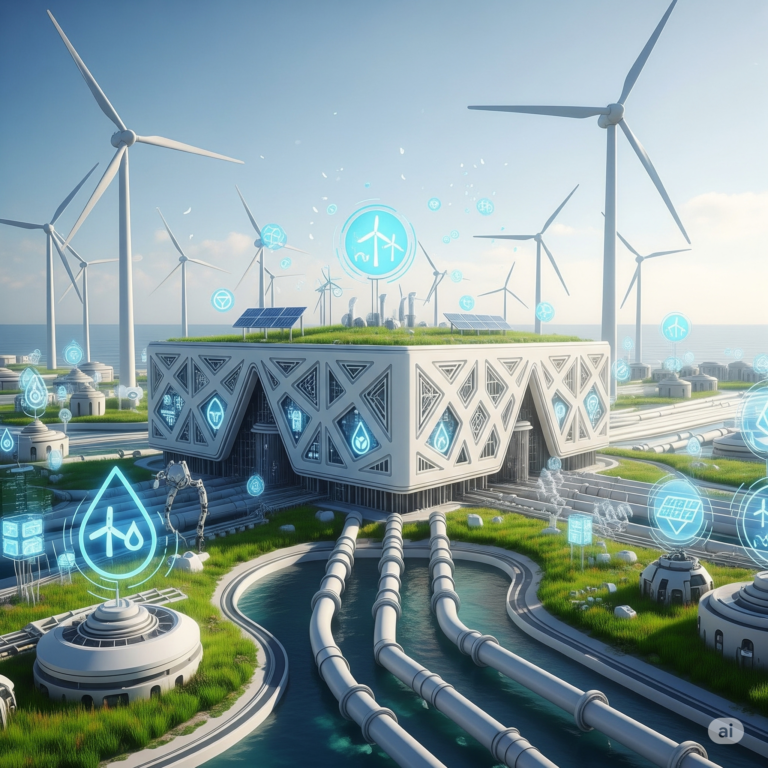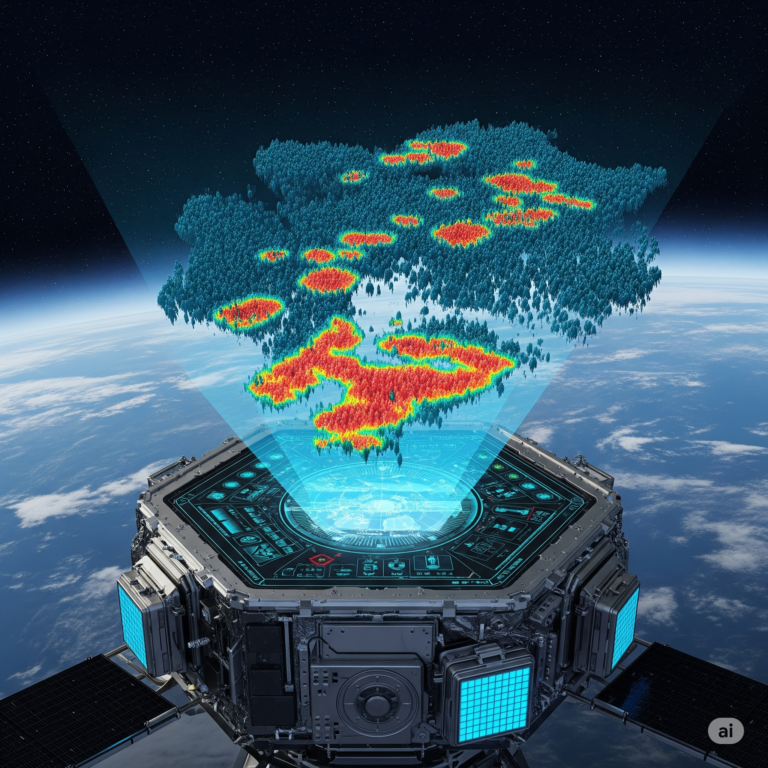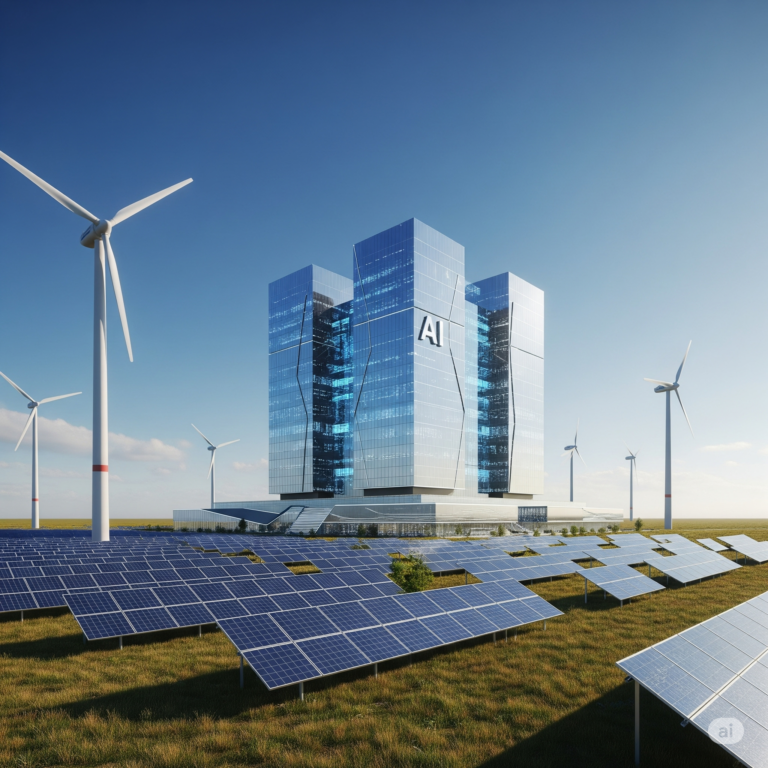The rapid growth of urban populations is challenging cities around the world to become more efficient, sustainable, and responsive to citizens’ needs. Smart cities represent the future of urban living, blending technology and innovation to optimize everything from transportation and energy use to public safety and healthcare. At the heart of this transformation is Artificial Intelligence (AI), which is revolutionizing the way cities are planned, managed, and experienced.
What Are Smart Cities?

Smart cities are urban areas that utilize digital technology, data analytics, and connected systems to enhance the quality of life for their residents. They employ sensors, cloud computing, and AI-driven platforms to collect and analyze data in real time, making cities more efficient, safe, and sustainable.
Key Components of Smart Cities:
- Internet of Things (IoT) devices
- High-speed communication networks
- Data analytics platforms
- AI-based decision-making systems
- Sustainable infrastructure
The Role of AI in Smart City Development
AI acts as the brain behind smart cities, analyzing massive amounts of data generated by sensors, cameras, vehicles, and citizens to optimize services in real time.
Core AI Functions in Smart Cities:
- Predictive analytics for resource allocation
- Machine learning algorithms for traffic and crowd management
- Natural Language Processing (NLP) for citizen service automation
- Computer vision for surveillance and safety
Benefits:
- Faster decision-making
- Reduced operational costs
- Personalized citizen services
- Enhanced public engagement
AI in Urban Mobility and Traffic Management
One of the most significant applications of AI in smart cities is in transportation and traffic systems.
Examples:
- AI-powered traffic lights that adapt to congestion patterns in real time
- Predictive analytics to foresee traffic bottlenecks before they occur
- Autonomous public transport using AI navigation and control systems
Case Study: Singapore uses AI algorithms and GPS data to reduce traffic congestion through predictive traffic flow modeling and adaptive traffic light timing.
AI-Driven Energy Efficiency
AI is playing a vital role in optimizing energy consumption across cities.
Applications:
- Smart grids that use AI to balance supply and demand
- AI-based energy management systems in buildings
- Predictive maintenance for energy infrastructure
Impact:
- Lower carbon emissions
- Increased use of renewable energy sources
- Reduced energy bills for consumers and city administrations
AI for Public Safety and Emergency
Response Safety is a top priority in any urban environment, and AI significantly enhances public security systems.
Examples:
- Real-time surveillance using facial recognition
- AI-based crime prediction and hotspot mapping
- AI chatbots for emergency response and public communication
Ethical Considerations:
- Data privacy concerns
- Algorithmic bias in surveillance
- Legal accountability of AI systems
Waste and Water Management with AI
AI is optimizing utilities management, particularly in waste collection and water usage.
Examples:
- AI-enabled waste bins that signal when they need to be emptied
- Smart routing for waste collection trucks
- Predictive models for water leak detection and usage forecasting
Results:
- Resource conservation
- Reduced operational costs
- Better environmental outcomes
AI in Healthcare and Public Services
In smart cities, AI helps deliver healthcare more efficiently and tailor public services to citizen needs.
Applications:
- AI triage systems for hospitals
- Predictive analytics for disease outbreak management
- Virtual assistants for city information and public queries
Case Study: In Toronto, AI systems help manage emergency room demand by predicting patient inflow and suggesting optimal staffing levels.
Citizen Engagement and Governance
AI can make civic engagement more interactive and data-driven.
Examples:
- AI chatbots for 24/7 citizen support
- Sentiment analysis of public opinion on policies
- Predictive models to plan public infrastructure based on citizen input
Challenges:
- Transparency in AI decision-making
- Ensuring inclusivity in digital governance tools
AI Challenges in Smart City Integration
Despite its potential, integrating AI into urban infrastructure comes with challenges.
Key Issues:
- High implementation costs
- Cybersecurity vulnerabilities
- Data governance and ethics
- Technical skill gaps in public sector
Strategies to Overcome Challenges:
- Public-private partnerships
- Open data frameworks
- Citizen awareness campaigns
The Future of AI-Powered Cities
The next wave of smart cities will likely be even more AI-integrated, featuring:
- Fully autonomous public transport
- AI-managed urban planning
- City-wide environmental monitoring through digital twins
Global Trends:
- Increased investment in urban AI infrastructure
- Regulation of AI in public services
- Focus on AI fairness, transparency, and accountability
Conclusion
AI is not just a tool for urban optimization—it’s a transformative force reshaping how cities operate, respond to crises, and serve citizens. From traffic management to healthcare, waste disposal to citizen engagement, AI’s role in smart cities is both broad and deep. As cities continue to grow and face new challenges, AI offers a path forward toward more sustainable, efficient, and human-centric urban living.









+ There are no comments
Add yours